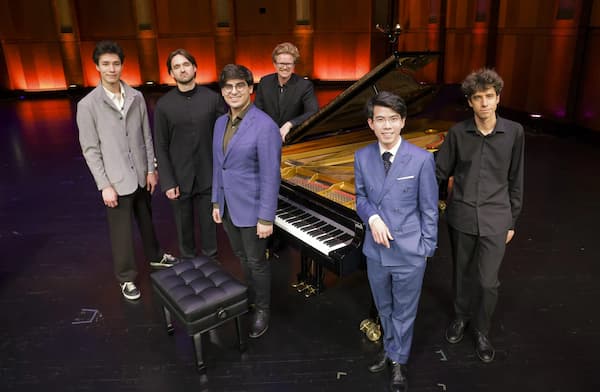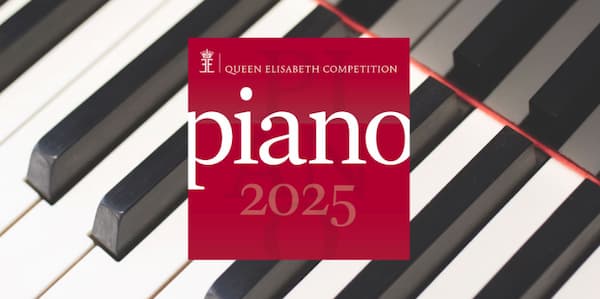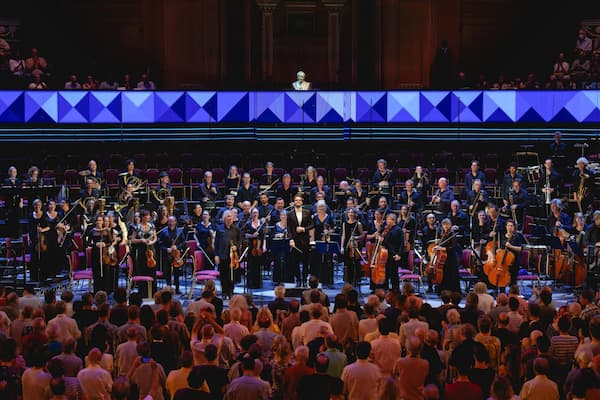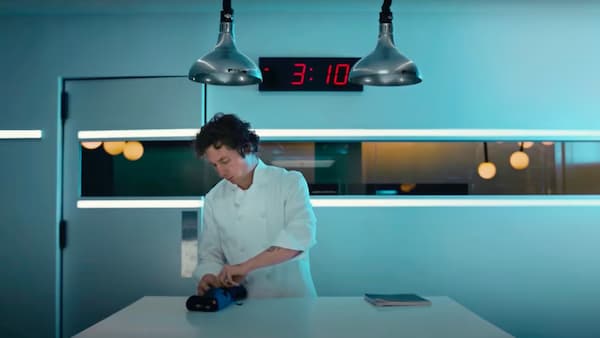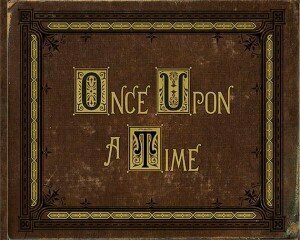 The title of this post is a quote from an interview with pianist Gabriela Montero. Story-telling is about conveying a message and music is of course all about conveying messages, telling stories and stimulating the imagination, of listener and performer. Some pieces have evocative titles which hint at the story within, while others have nothing more than a generic word like ‘Sonata’ and a number. In concerts or recordings, programme/liner notes may tell the whole story of the music for the listener, or suggest certain events within the work, providing signposts, while leaving the listener to form a personal narrative during the course of the performance.
The title of this post is a quote from an interview with pianist Gabriela Montero. Story-telling is about conveying a message and music is of course all about conveying messages, telling stories and stimulating the imagination, of listener and performer. Some pieces have evocative titles which hint at the story within, while others have nothing more than a generic word like ‘Sonata’ and a number. In concerts or recordings, programme/liner notes may tell the whole story of the music for the listener, or suggest certain events within the work, providing signposts, while leaving the listener to form a personal narrative during the course of the performance.
Debussy: l’Isle joyeuse
Composers create the sense of a narrative through musical devices such as dynamics and tempo, the contouring of phrases, melody, repetition, tension and release of harmonies, articulation, suggesting different instrumentation, and the use of pauses and silences. Because we spend our lives with stories, from the moment we are born, listening to them and sharing them, we absorbs the patterns which make up stories: we sense when drama or tension is building and feel relief or pleasure at its release or resolution. These same patterns fill music: certain motifs or harmonies suggest particular moods, from triumphant joyful fanfares to moments of heart-stopping tenderness or poignancy; suspended harmonies take the listener to the brink, while the resolution brings wonderful sense of completeness or homecoming. The performer’s role is to act on all these devices to create a performance which is rich in expression.
Rebecca Clarke: Viola Sonata, 2nd movt
A good story evokes an emotional response, positive or negative, in the audience, and a good story engages and absorbs the listener, excites and inspires them. It also makes them want to hear more of the music. But in order to convey the message to the audience, convincingly and expressively, we first have to form our own distinct narrative for every piece we play.
Asking ourselves questions about the music can pique the imagination to start forming a narrative:
• “What does this section make me think of?”
• “What emotions are evoked in this passage?”
• “How does this harmony make me feel?”
Using words to describe the music, not technical/musical terms but other adjectives which spring to mind when considering the piece, also stimulate one’s vision. Sometimes it’s helpful to write these words on the score as an aide memoir.
From the initial hearing of a work, we each form a personal story for it, based on what we have heard. It may not be exactly the same story the composer had in mind, it may be very far from their original vision, but in order to shape the music expressively and communicate the story of the music to the audience, it is important to form a narrative and vision for the music from the moment we start working on it. When we take ownership of this through deep practising, this narrative becomes internalised with all its drama and tension, its triumphs and tragedies, its love and death. This then enables us to bring the music vividly to life in performance and to communicate the stories to our audience.
Schubert: Piano Trio Op 100, 2nd movt
In performance, we express our and the composer’s humanity to the audience, and we succeed in making our connection to the audience stronger through our storytelling.
I try to decorate my imagination as much as I can
– Franz Schubert
More Opinion
-
 The Predictability of the 2025 Van Cliburn Competition Was Hong Kong's Aristo Sham the 'predictable winner'?
The Predictability of the 2025 Van Cliburn Competition Was Hong Kong's Aristo Sham the 'predictable winner'? -
 The Unpredictability of the 2025 Queen Elizabeth Competition Discover why these results have sparked debate among classical music fans
The Unpredictability of the 2025 Queen Elizabeth Competition Discover why these results have sparked debate among classical music fans -
 What Makes a Good Concert? A memorable concert requires four essential elements. Find out here
What Makes a Good Concert? A memorable concert requires four essential elements. Find out here -
 The Musician’s ‘Non-Negotiables’ Want to level up your music practice? Take inspiration from 'The Bear'
The Musician’s ‘Non-Negotiables’ Want to level up your music practice? Take inspiration from 'The Bear'

